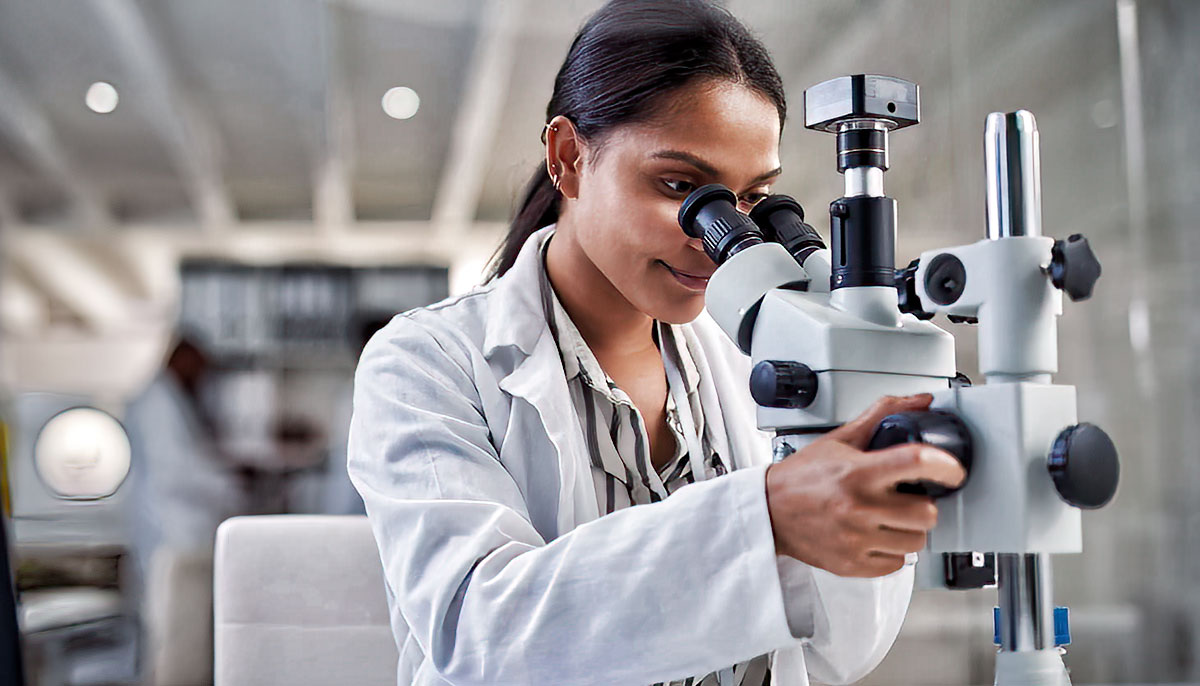ABA Microplastics Facts
 Our products are safe. All our products, including bottled water, meet the highest quality, safety, and labeling regulations set by the Food and Drug Administration.
Our products are safe. All our products, including bottled water, meet the highest quality, safety, and labeling regulations set by the Food and Drug Administration.
There is currently no scientific standard for how to measure nanoplastics in the environment nor a consensus on micro- or nanoplastics’ impact on human health, resulting in conflicting research and consumer confusion. The ABA supports scientific efforts to learn more.
Actions and Investments to Ensure Quality and Safety
- Beverage companies do not simply “bottle” tap water or spring water. We rely on the highest quality purification systems such as distillation, deionization, and reverse osmosis to remove impurities.
- Bottled water companies have made significant production and operational investments to bring bottled water to market in a safe, government-approved manner.
- We comply with stringent federal regulations for safety, quality, and labeling. The Food and Drug Administration standards for safety and quality of bottled water are as protective of public health as the Environmental Protection Agency’s standards for public drinking water systems.
We Support Scientific Efforts to Learn More about the Scope and Impact of Microplastics
- Scientists are working to determine how best to measure microplastics in the environment and their impact, if any, on human health.
- After a review of the available studies of microplastics in food, water, and beverages, the World Health Organization concluded that no data suggested overt health concerns associated with exposure to microplastic particles through drinking water and limited data providing little evidence that microplastics have adverse effects in humans.
Facts about the Columbia University Study on Nanoplastics
- Study authors, who acknowledged how little we know about nanoplastics, used new technology to detect nanoplastic particles in bottled water at 10-100 times greater than previously detected.
- They did not determine where these particles came from – a key question because these particles are found in all aspects of the environment – soil, air, and water.
- They did not compare the findings from plastic water bottles to water from the same source found in glass or aluminum.
- They did not answer if the particles were in the original source of the bottled water – such as municipal water or natural spring – before it was bottled.
Sustainability Partners


 Our products are safe. All our products, including bottled water, meet the highest quality, safety, and labeling regulations set by the Food and Drug Administration.
Our products are safe. All our products, including bottled water, meet the highest quality, safety, and labeling regulations set by the Food and Drug Administration.

